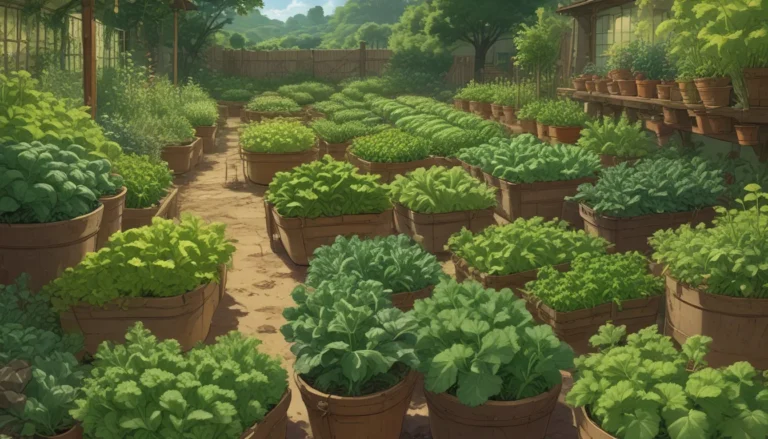How to Harvest, Collect, and Store Black-Eyed Susan Seeds: A Comprehensive Guide

Are you a nature lover who enjoys growing a garden full of beautiful plants and flowers? If so, you might find joy in collecting seeds from your garden to sow for the next season. One such lovely flower that is easy to grow and perfect for seed collection is the Rudbeckia hirta, commonly known as black-eyed Susan.
In this guide, we will explore everything you need to know about harvesting and saving black-eyed Susan seeds. From understanding the pollination process to learning the best practices for collecting and storing seeds, this article will provide you with valuable information to help you enjoy this fun and educational activity in your garden.
Understanding Pollination:
Black-eyed Susan flowers are unique in their structure, with each bloom consisting of hundreds of tiny flowers nestled in a brown-black center cone. The oversized, bright yellow petals surrounding the central cone act as beacons for pollinators, attracting bees, butterflies, flies, and wasps to the flower.
As these pollinators visit the black-eyed Susan blooms to sip nectar, they inadvertently transfer pollen from one flower to another, facilitating the fertilization process. This natural pollination mechanism helps propagate the plants without requiring any human intervention.
How to Harvest Black-Eyed Susan Seeds:
To collect mature black-eyed Susan seeds, you need to wait approximately three to four weeks after the flower has bloomed. The seeds are typically ready for harvesting from mid-September to mid-October. Mature seeds are charcoal gray to black in color, long, and have fine veins running through them.
Here are some steps to help you harvest black-eyed Susan seeds effectively:
- Clip the entire seed head with some stem attached to it.
- Place the seed head in a paper bag and hang it upside down in a warm, dry location to dry thoroughly.
- Alternatively, spread the seed heads on newspaper or in a box in a warm, dry spot to allow them to dry completely.
- Once the seed cones are dry and brittle, crush them or shake them to release the seeds.
- Use a sieve or fan to separate the seeds from the chaff, which consists of flower remnants and bits of the cone.
Tips for Storing Black-Eyed Susan Seeds:
Proper storage is essential to ensure the longevity and viability of black-eyed Susan seeds. Here are some tips to help you store the seeds successfully:
- Place the fully dry seeds in a paper envelope labeled with the species and date collected.
- Seal the envelope in a jar and store it in a cool, dry location.
- For optimal germination, cold stratification is recommended before planting in the spring. Alternatively, you can pre-seed the garden to cold stratify outdoors.
By following these storage guidelines, you can keep your black-eyed Susan seeds viable for three to five years, allowing you to sow them in the future without any loss of quality.
Sunshine You Can Share:
Harvesting black-eyed Susan seeds not only allows you to expand your garden with vibrant blooms but also gives you the opportunity to share the beauty of these flowers with your loved ones. Whether you want to add sunny color to other areas of your garden or gift seed packets to friends and family, collecting black-eyed Susan seeds can be a rewarding and enjoyable experience.
Have you ever grown Rudbeckia from your own harvested seeds? Are you planning to save some seeds this year? Share your thoughts and experiences in the comments below!
To further enhance your gardening knowledge and explore different varieties of black-eyed Susan, consider reading these guides next:
– How to Grow Black-Eyed Susans, a Garden Favorite
– 17 of the Best Black-Eyed Susan Varieties
By incorporating these tips and techniques into your gardening routine, you can make the most of your black-eyed Susan plants and enjoy a bountiful harvest of seeds for future seasons. Happy gardening!





